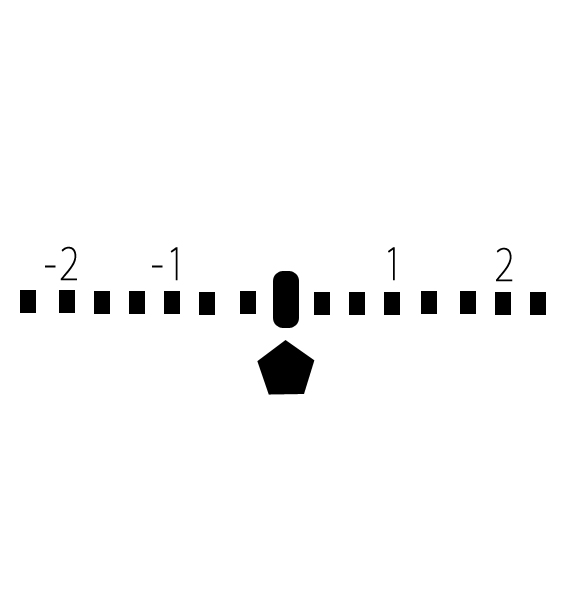Metering and Histograms on Canon HDSLRs
When it comes to shooting video on a DSLR, there’s two easy ways to determine if your video is properly exposed. The first is the use of evaluative metering and the second is the use of a histogram. These two features together are the most accurate means for proper exposure. It’s important to use both of these features together if you want the best looking video straight out of the box.
Evaluative metering is the standard in exposure methods. Canon DSLR’s such as the 5D Mark III and the T4i use evaluative metering for exposure, and display this information in the form of a slider. The camera, much like your own eye, analyzes the entire condition of a scene and determines a proper exposure. The exposure meter, or slider, then indicates where you currently stand in relation to that number. If underexposed, the slider will carry a negative position; when overexposed, a positive number.

Obviously you can try to perfectly expose your scene but it’s not always easy. Dark spots and reflections will play a factor in the camera’s final metering, so it’s recommended to meter away from these areas for more accurate metering. Having personally used many different types of DSLR’s, I prefer to shoot two notches below “properly exposed” but it’s different for each camera. I recommend going out and filming scenes in multiple environments to see how your camera reacts.
The second way is to use a histogram. Having started my career in the television world, it was essential that we used histograms, and over time I’ve used that knowledge to get a better picture from my DSLR. Rather than using a complex camera equation to determine exposure (evaluative metering) the histogram is a visual representation of the light and dark elements of your video.

Dark pixels are represented on the left side of the histogram and light pixels are on the right so it’s easy to see if the blacks or whites are overpowering the image. If an image is underexposed, the histogram will skew to the left, and if overexposed, to the right. If the histogram is peaking too hard in one direction or the other, you will end up losing detail. This is because the exposure at each extreme end is getting blended together, effectively crushing colors and detail. It may not seem like as big a deal in the field at the moment, but when you get into post and color grading, you will be disappointed to see you lost details in those areas.
The best method is to incorporate both tools into your everyday shooting and remember that there is no one single way to achieve perfect exposure. Some of my favorite pictures are underexposed in areas because I’m going for a stylistic choice. At the end of the day it comes down to getting comfortable with the camera and with your own artistic vision.
Want to learn more? Join us at our Canon Bootcamp, an extensive two day workshop designed to help you learn more about your camera and teach you the skills to create your own stunning visuals. You can also find out more information by liking our page on Facebook.
